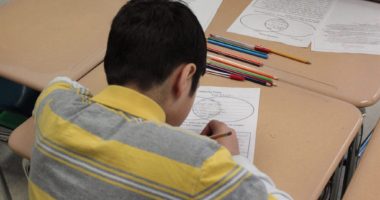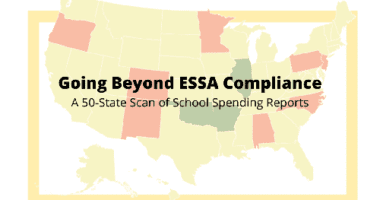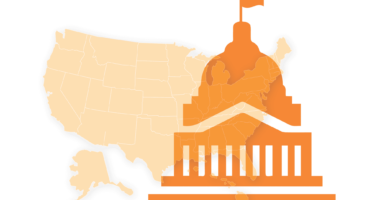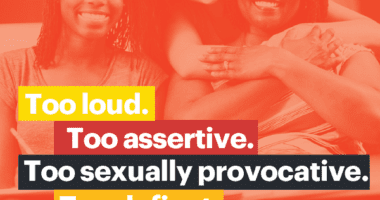Students With Disabilities: Going Nowhere on NAEP
Compared with 2011, students with disabilities saw almost flat performance* on the National Assessment of Educational Progress (NAEP) this year, which widened the achievement gap between them and students without disabilities, who made gains.
In fourth-grade reading, for instance, the percentage of students with disabilities performing “below basic” grew slightly from 68 percent to 69 percent; those “at basic” dropped from 21 percent to 20 percent; and those performing at “proficient” dropped from 10 percent to 9 percent.
Even in states like Tennessee, which was largely a success story this year, the achievement of students with disabilities actually got worse. In fourth-grade reading, more of Tennessee’s students with disabilities fell into the “below basic” category (from 73 percent to 75 percent), while many more students without disabilities improved enough to leave that category (from 37 percent to 27 percent).
Although students with disabilities did not improve on the 2013 NAEP, there was one ray of hope: More students with disabilities participated in the NAEP than in past years. This is likely the result of a 2010 policy change from the National Assessment Governing Board (NAGB) that called for greater participation among students with disabilities. NAGB established a goal of 85 percent inclusion for students with disabilities (or an exclusion rate of no more than 15 percent). The effect of this policy is seen in the table below, which shows exclusion rates dropping overall across all NAEP areas.
So, for students with disabilities, which state is the big winner in NAEP 2013? It’s probably not the states you expect. Tennessee, as I mentioned above, showed improvements that were lauded nationwide, yet those improvements didn’t extend to student with disabilities. Similarly, Maryland achieved overall results above the nationwide rate in reading, but — unlike the overall trend toward inclusion — Maryland had the highest exclusion rate in the country. It excluded a whopping 66 percent of students with disabilities in fourth-grade reading and 60 percent in eighth-grade reading.
To see a real success story in NAEP, we have to look at Massachusetts, which continues its record of strong performance for students with disabilities while keeping exclusion rates low. Massachusetts shows that a state can be inclusive and high-performing. If the rest of the nation could follow that example, students with disabilities could begin to see real progress on NAEP.
*Results for students with Individualized Education Programs and 504 plans.
This post is written by Lindsay E. Jones, director of public policy and advocacy at the National Center for Learning Disabilities.












